I don’t know about you, but my first introduction to the life of Gandhi was through the movie Gandhi, by Richard Attenborough. I then bought books and read them, notably William Shirer’s Gandhi: A Memoir, and Richard Attenborough’s collection of Gandhi’s quotes, The Words of Gandhi.
So when I went to New Delhi, learning more about him and his life and his assassination became something of a Quest. My first day out was a FAIL, and I somehow ended up in Rajiv’s Gandhi’s memorial site. Wrong Gandhi. (But while I was wandering around central Delhi, quite lost yet still game, I did stumble across the impressive Humayun’s Tomb and made a good afternoon of it. )
The next few days I got what I was after. If you’re thinking about visiting, here’s my TripAdvisor entry to explain the 4 different confusing sites.
Right. So following are 20 pictures that I took that I hope you’ll like, or at least find interesting. I’m not going to do a biography of the man, see other sources!
I visited 4 sites devoted to Gandhi and his life. The older National Gandhi Museum, the Gandhi Smirti, which is a newer museum on the grounds of the Gandhi Research Center, Raj Ghat which is the official Gandhi Memorial, centered around his cremation platform, and the Birla House, where he last stayed and was assassinated. (If you’re using this to get around, be careful. What I’m calling the Gandhi Smriti is also in some places called the Gandhi Darshan, and the Birla House is also called the Gandhi Smriti. I could never figure out what was going on. According to Google Translate “smriti” means “memory” and “darshan” means “visit”. Google Translate is probably wrong about that. Good luck!)
When you enter the older National Gandhi Museum, you are struck by time. I didn’t check it out, but I felt like it had been set up in 1950 and not really touched since. The sign above was at the entrance and kind of sets a high bar for humans, I think. But it’s hard to deny the basic truthfulness, for me.
The Gandhi stuck in my imagination is the older Gandhi, in simple robe and sandals, very ascetic looking. Wise old man. But what I realized going through this Quest is how much of the real work he did as a young man, dressed like this. And I was struck also by how solidly he held his views. In one trial after which he was sent to prison (he went many times for annoying either the South Africans or the British), he had this to say to the British judge (the trial was about him breaking the law by publishing “seditious” articles in widely distributed magazines).
The judge, in response, said that he hoped that the law would be changed and that he would see the day when Gandhi would be released from this sentence. How many judges have said that to YOU when you’re standing before the bench?? Uh-huh, I thought so.
During his 1930 Salt March across India, he sat in this bench and addressed the crowds that followed him. Quick review: keen to raise awareness of the dependency the British had imposed on Indians, he needed a highly visible act of civil disobedience. So he decided to lead a march 240 miles across India to the Arabian Sea, collect salt extracted from the waters and then distribute that native salt to people instead of the British salt. It was not an easy trip, with many beatings by police and thousands arrested. So when he sat in this bench, the eyes of India, and the police, were watching. Remember a long post ago when I mentioned that I like to be in historical places and imagine what it was like to be there in that time? Standing before this bench, which he sat in at the early start of this man’s mission, 17 years before India would finally get independence, gave me chills. On this bench is where a man, his passion and his words inspired millions. In the village of Venjalpur in the state of Gurat. In March 1930.
This was the walking stick he used on that march. and below are the sandals he wore (not clear from the museum if he wore THESE sandals on that march in 1930 or he wore THESE sandals some other time, but they are located in the same display.) I’d say he was about a size 8. Small feet.
And below is the boat he used at the end of his march, in the Arabian Sea.
Another huge act of civil disobedience was the spinning of wool into cloth. At the time, the British forced Indians to buy cloth made in England, which put all the small spinners in villages across India, out of business. “Khadi” means handspun and handwoven cloth.
And so Gandhi would spent hours setting the example by making khadi.
Sorry for the poor photo quality, the display case hadn’t been dusted since 1950.
In the last 144 days of his life, Gandhi stayed at the Birla House, in New Delhi, which you can visit if you like.
This is where a militant Hindu man assassinated Gandhi on Jan 30, 1948.
The watch he was carrying at the time.
I apologize if this image is disturbing. It’s the bullet that killed him.
The outpouring of grief went around the world. The museum had quotes from leaders – political, spiritual, scientific, literary, musical – expressing admiration. Albert Einstein’s was perhaps the most famous: “Generations to come will scarcely believe that such a one as this ever in flesh and blood walked upon this earth”.
The funeral pyre then…..
And today, at the Raj Ghat.
What’s been so meaningful for me on this year’s journey, has been standing in the places where such sad human history has happened. Hiroshima, Korean DMZ, Tiananmen, Cu Chi Tunnels in Vietnam, Killing Fields in Cambodia, Uganda’s Apac region (where Joseph Kony had operated for so long), the Westgate Shopping Center in Nairobi (still closed). And while the sadness overpowers, time moves on. Hiroshima has an amazing anti nuclear museum. Tiananmen, well…mixed but no denying that the aspirations of those Chinese students in 1989 for more freedom is becoming more real for more Chinese who now have at least economic freedoms they never had. The people of Vietnam, Cambodia, Uganda and Kenya, while still struggling, at least can have open conversations and hopes that they couldn’t have during those hard times. And the people I’ve met in those places have shown me very sincere generosity, integrity, hope and, yes, humor. Most still do thanks to Facebook and emails.
So being in the place, with even the shoes, of Gandhi’s memory affirms my belief that we can figure all this mess out. I wasn’t really planning on getting all philosophical here, and it’s definitely something I’m going to think more about.
For those of you who have also been in historical places like this, what have you taken away? I’d really like to know. Thanks.

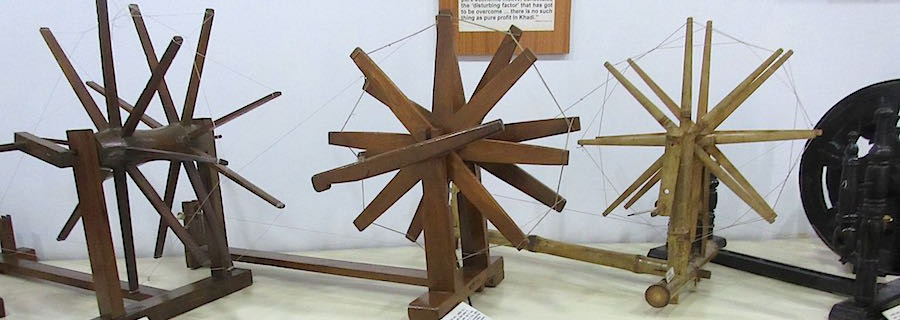
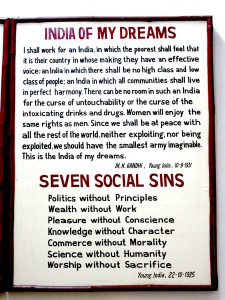
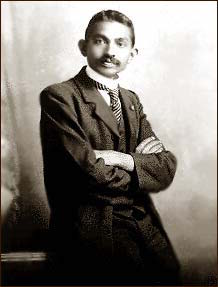

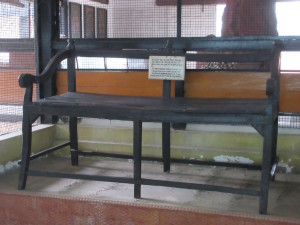
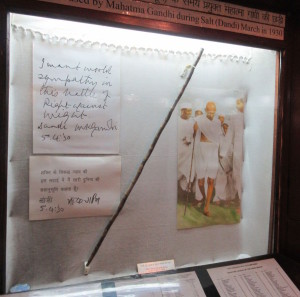
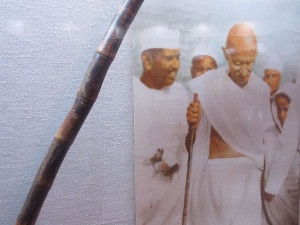
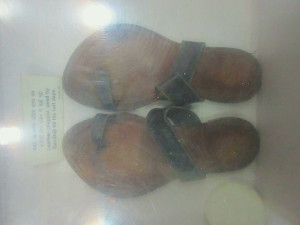
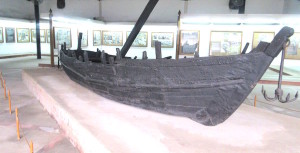
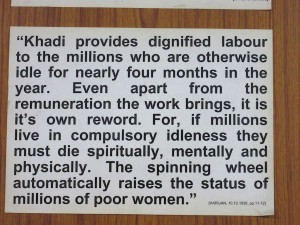
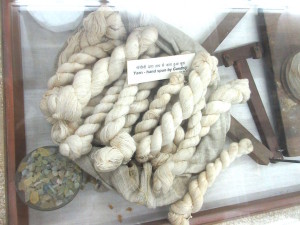
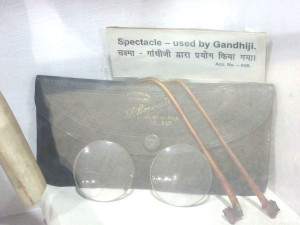
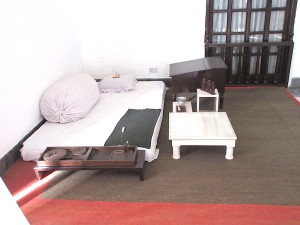
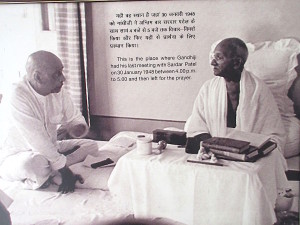
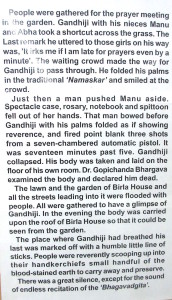
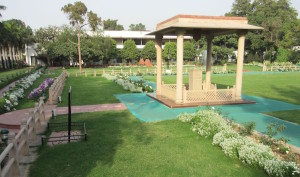
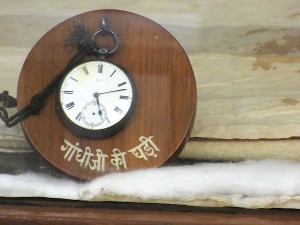
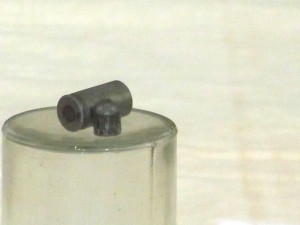
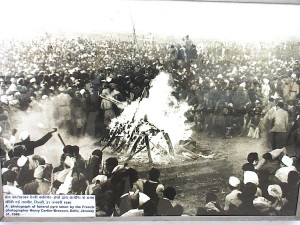
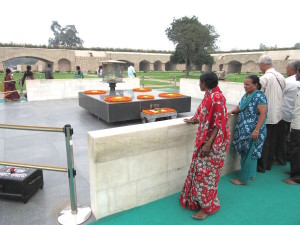
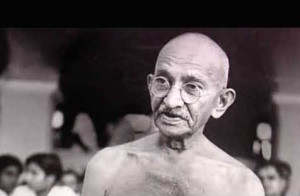
Recent Comments